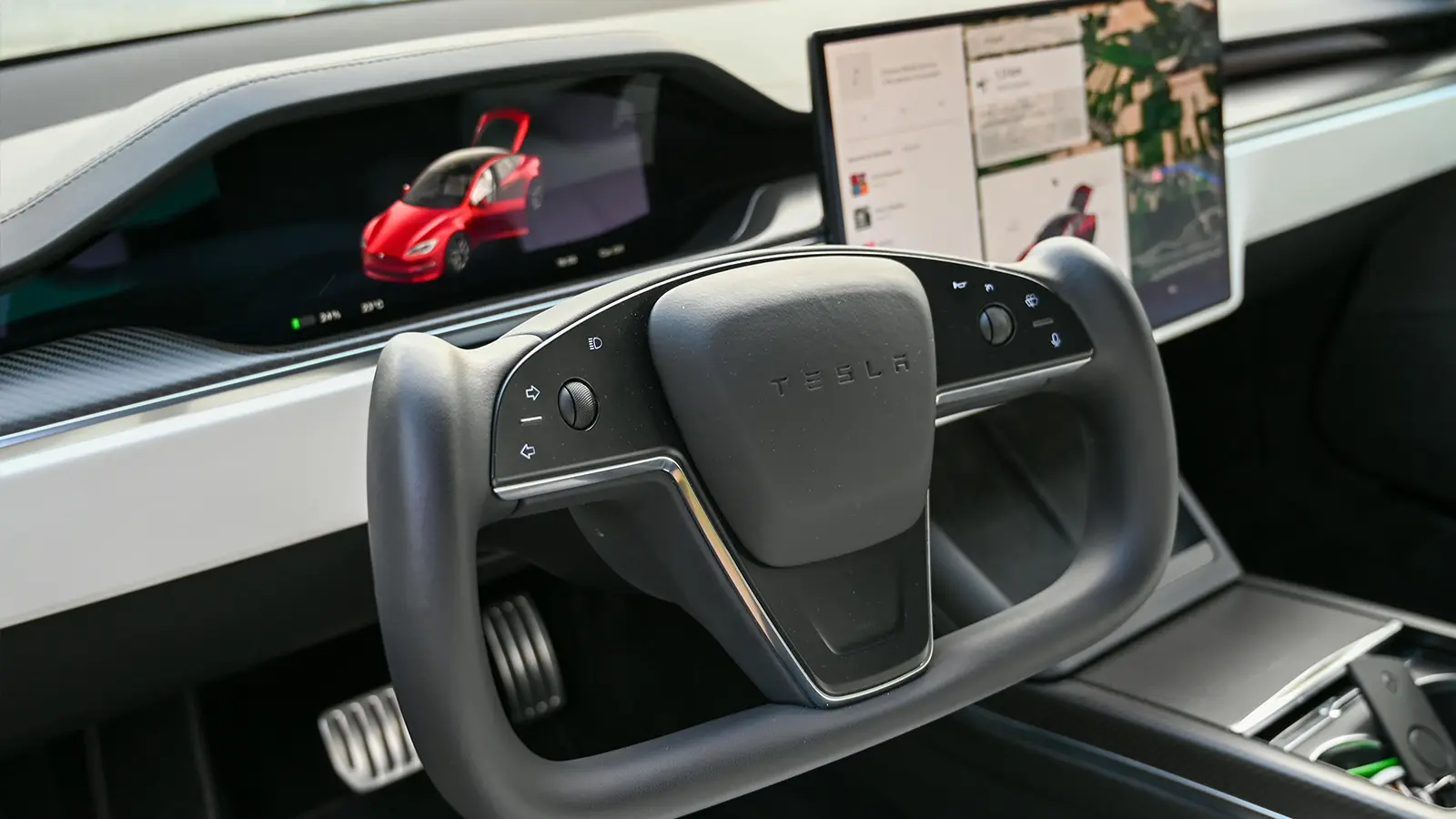Introduction
When you're shopping for an electric vehicle, range is one of the first numbers you'll notice. But comparing range across EVs can be confusing. Some models promise 300 miles or more, while others seem limited to daily commuting distances. What does that range really mean, and how can you tell which model is right for you?
In this guide, we’ll break down how to evaluate EV range in practical, side-by-side terms. We’ll explain the difference between estimated and real-world range, how vehicle class and battery size affect range, and what questions to ask at the dealership or during online research.
Start with EPA Estimated Range
Every new electric vehicle sold in the United States includes an EPA estimated range. This number is calculated through a controlled lab test that simulates a mix of city and highway driving.
What EPA Range Tells You:
- A standardized benchmark for comparing one EV to another
- How far a car can travel on a full charge under ideal conditions
What EPA Range Does Not Reflect:
- Your personal driving habits
- Extreme temperatures or elevation changes
- Payload (passengers, cargo, rooftop accessories)
Pro Tip: Always treat the EPA range as a best-case scenario. Your real-world experience may vary by 10 to 30 percent depending on how and where you drive.
Related: How EPA Estimated Range Is Calculated
Learn more: What Happens to EV Range as the Battery Ages
Compare Vehicle Class and Body Style
EV range often varies by vehicle category. A compact sedan can typically travel much farther on a kilowatt-hour than a large SUV or pickup truck. For example, a subcompact like the Nissan Leaf offers about 150 to 215 miles of range, while a compact SUV such as the Hyundai Kona Electric can reach around 258 miles. A midsize sedan like the Tesla Model 3 Long Range stretches that to about 333 miles. In contrast, larger vehicles tend to consume more energy; a three-row SUV like the Kia EV9 offers roughly 230 to 304 miles, and an electric pickup such as the Ford F-150 Lightning delivers about 240 to 320 miles.
Why it matters: Bigger vehicles with the same-size battery usually have less range. If range is a priority, consider a smaller body style or a model with an extended battery option.
Understand Battery Size and Trim Options
Most EVs come in multiple trims, and some include optional battery packs. A higher-priced model may offer an extra 50 to 100 miles of range, especially in SUVs or luxury EVs.
Ask these questions:
- What is the usable battery capacity (in kWh)?
- Does the base model offer the same range as the upgraded version?
- Are extended range options available?
Tip: Be sure to compare battery specs along with the EPA range. Two vehicles with similar ranges may use very different amounts of energy to get there.
Evaluate Real-World Driving Scenarios
Think about your typical driving habits and how they line up with your EV options.
- Do you mostly drive in the city or on highways?
- Do you face harsh winters or hot summers?
- Will you carry passengers or gear often?
For example:
- Highway driving at 75 mph can reduce range faster than city driving.
- Cold weather can temporarily cut range by up to 30 percent.
- Roof boxes, bike racks, or towing will affect energy use.
Related: Why EV Range Drops in Cold Weather
Explore: EV Range in Real Life: Owner Stories and Case Studies
Use Interactive Tools and Buyer Guides
Online EV comparison tools can help you make head-to-head evaluations based on:
- EPA range
- MPGe (efficiency)
- Battery size
- Price
- Charging speed
At GreenCars, our Buyer's Guide allows you to sort and compare EVs by range, charging time, and cost. You can also explore filters by body style, incentives, or charging compatibility.
Final Thoughts
The best EV for your needs is not necessarily the one with the longest range. It is the one that fits your driving lifestyle, offers consistent performance, and gives you the confidence to recharge when needed.
By comparing models by EPA ratings, real-world conditions, and your own habits, you’ll make a more informed decision and get the most out of your electric vehicle investment.
Ready to Keep Learning?
Continue exploring EV Range fundamentals:
← Go Back: EV Range in Real Life: Owner Stories and Case Studies
Discover Next: The Role of Navigation and Trip Planning Tools →












